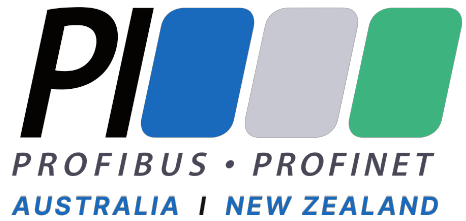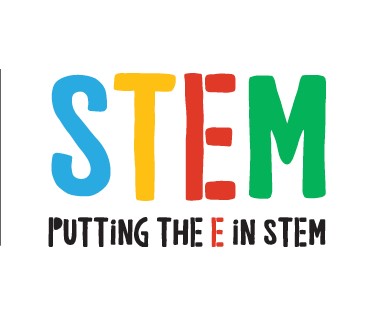Improving the Australia’s education system
Investing on the education system would determine Australia’s future which is why the Labor’s has promised to spend $1.1 billion on higher education where some of the money would fund 20,000 university.
465,00 TAFE courses will be offered for free by the Labor that will target the hospitality and tourism sector which was the most affected during the lockdown. Construction, resources, digital and manufacturing industries are some of the the other free course that will be offered.
Improving Australian Engineering Innovation
Australia has the potential to be a hub for STEM start-ups, but reform is needed to ensure the right structures are in place to allow innovation to thrive. There are the three core areas to help commercialise STEM innovation in Australia:
- Improving models of collaboration and ecosystem development;
- Reforming grants processes and tendering for government contracts;
- Reducing regulation and incentivising investment in STEM start-ups in line with global best practice.
“The commercialisation of engineering innovation is how you turn a great idea into a business,” Engineers Australia Senior Policy Advisor Philip Longley, the author of the discussion paper, told create.
“A great example is the Cochlear implant. That’s an Australian innovation, and a brilliant piece of technology, but it’s one of very few [that was commercialised in Australia].”
“The famous story is WiFi,” Longley said. “It was developed in Australia but basically just went overseas, as did all the jobs and so on that could’ve flowed out of that, and which Australia could have benefited from, but didn’t.
“Why didn’t we? Because it’s easier to go overseas, particularly to the United States, to commercialise there.”
Why is Australia underperforming on STEM innovation?
Escaping the regulatory and compliance burden is one of the reason on why the Australian engineers choose to go overseas.
“In contrast, pure technology firms often have little regulation, which enables them to scale rapidly and reduces the capital investment required. STEM start-ups that are at the nexus of innovative technology and traditional engineering practice are frequently mired in regulatory or legal uncertainty.”
With an uncompetitive tax regime unfit for a STEM start-ups and innovation this makes moving abroad much more preferable.
“The regulation isn’t there [to support a successful start-up ecosystem],” Longley said. “The tax incentivisation that’s in London, that’s in Silicon Valley in the United States, that’s in Tel Aviv — it’s just not there in Australia. That’s a key problem.
“And the research and development grants that the government does have are notoriously not suited for start-ups.”
Start-up support required
Developing a start-up ecosystem would make collaboration to other industry easy and physical innovation hubs is one of many ways to do it. South Australia’s Lot Fourteen precinct is an example of physical innovation hubs which aims to grow jobs and the economy through bringing research, education, industry and government in the middle of Adelaide. Lot Fourteen is still in the development process but it might be able to produce a blueprint that would help and easily replicated in other Australian cities if this will be successful.
Contact us for more information.


